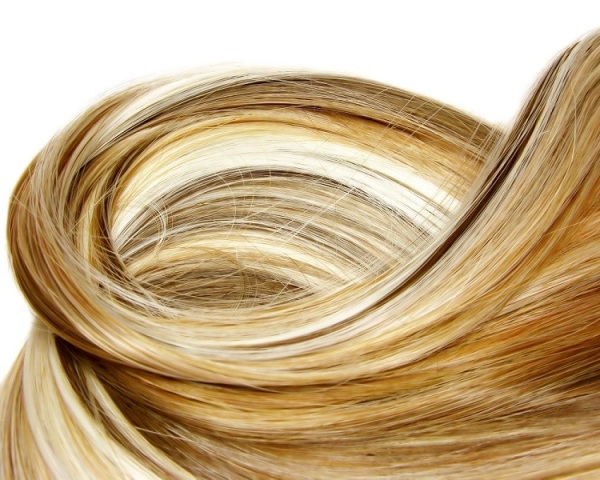Hair weaves are in fashion! There are different hair weaving techniques by which you can integrate new hair onto your head. Explore this write up to learn some of them.
Hair Weaving Techniques
Hair weaving or hair integration is done to integrate extra hair in order to enhance the overall appearance of a person’s natural hair. Most women who have very thin hair or are slightly balding go for hair weaving because they get the desired hairstyles and the weaving adds more volume to their existing mane. If you have certain apprehensions about getting this done, then think of it this way: many people these days are getting liposuctions, breast enlargements and lip enhancements done in order to augment their overall appearance and look beautiful, then why not opt for something to add to the quality of one’s hair? There are different types and styles of hair weaving that women can opt for these days. The sections that follow put in plain words the different types of hair weaving techniques, and one can pick the technique that interests and suits one best. Read on to learn more about them.

Types Of Hair Weaving Techniques
-
This is the most common method of hair extension where the hair is parted into several sections.
-
The wefts, as chosen, are stuck close to the scalp using glue.
-
They are then integrated into the natural hair.
-
This is a temporary method of hair weaving and must be done by a trained professional.
-
If there are any accidents, it can cause a lot of damage to the hair. Hence, care must be taken when getting this done.
-
This process involves the use of machine glue.
-
The hair is again divided into sections and the weft is placed in between the natural hair with the help of the machine glue.
-
The machine involves heat and thus keeps the braid in place.
-
Care must be taken as the heat is enough to damage the hair permanently.
-
This is a time consuming and expensive process as each strand of hair needs to be glued to the weft.
-
Another method is called ‘tracking’ where the natural hair is braided to form concentric circles.
-
The hair is then divided into many sections, which are then sewn together by a thread and the weave is held in place by placing one end of the wefts horizontally across the head.
-
Most African women have this kind of weaving done.
-
Care must be taken so that it is done in a professional manner without hurting the scalp and hair follicles.
-
Another temporary method of weaving is tree braiding, and the advantage of this method is that if done well, it will look just like natural hair.
-
Here, the hair is parted in the middle into two sections to create a cornrow braid in the centre.
-
The artificial hair is then merged into the beginning of the cornrow making it blend in naturally.
-
Again, this must be done by a trained professional and should not be attempted at home.
-
No chemicals are used in this process, but it does not last for a long time and needs constant touch ups.
-
This weaving style is popular with those women who are balding as it is a stable method of weaving.
-
Netting as the name implies involves attachment of a thin net over the braided natural hair.
-
The new hair or the extensions are then woven onto this surface.
-
An advantage of this method is that it does not damage the hair. by heat treatment.
-
Netting lasts for about 2-3 months with proper maintenance and care.
-
You can wash your hair in this method, provided it is dried fully.
See also
More from iloveindia.com
- Home Remedies | Ayurveda | Vastu | Yoga | Feng Shui | Tattoos | Fitness | Garden | Nutrition | Parenting | Bikes | Cars | Baby Care | Indian Weddings | Festivals | Party ideas | Horoscope 2015 | Pets | Finance | Figures of Speech | Hotels in India : Delhi | Hyderabad | Chennai | Mumbai | Kolkata | Bangalore | Ahmedabad | Jaipur
- Contact Us Careers Disclaimer Privacy Policy Advertise With Us Lifestyle Sitemap Copyright iloveindia.com. All Rights Reserved.







